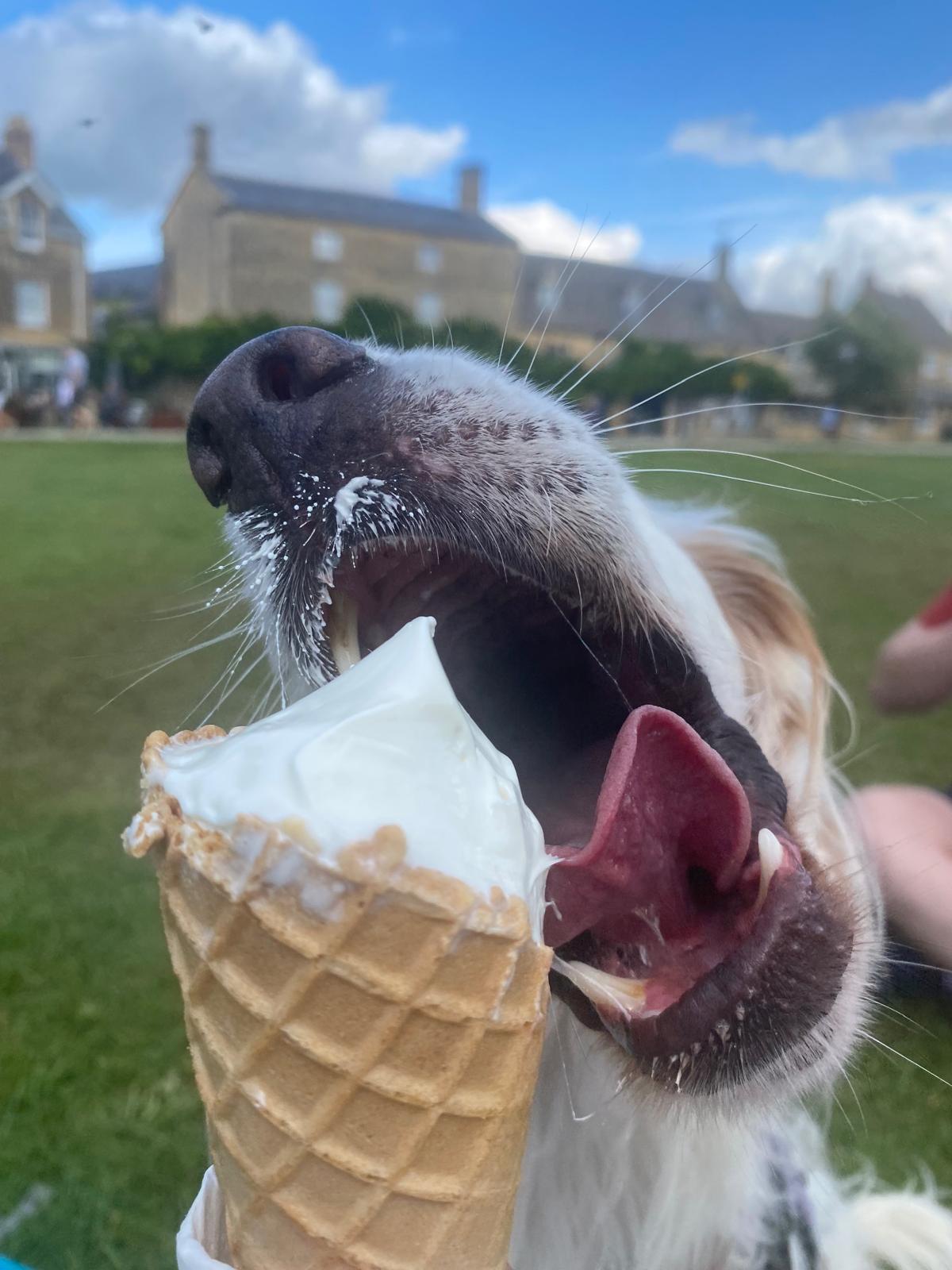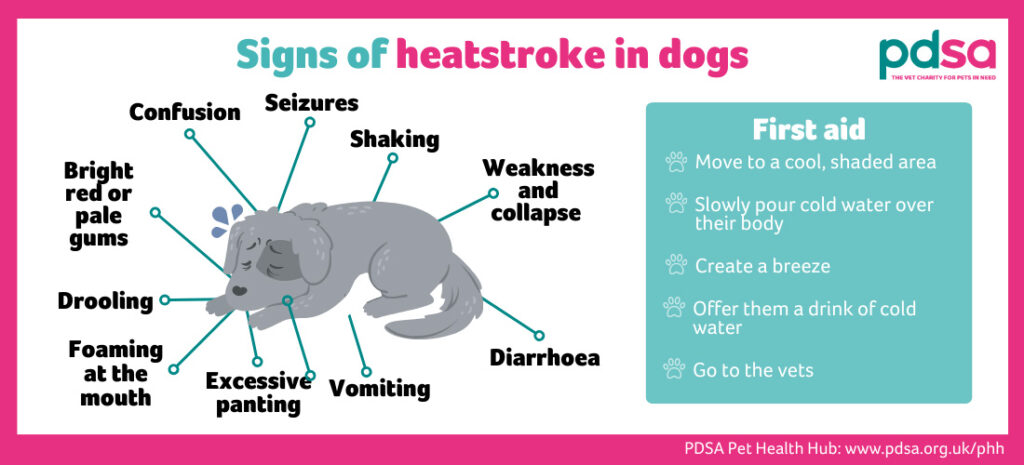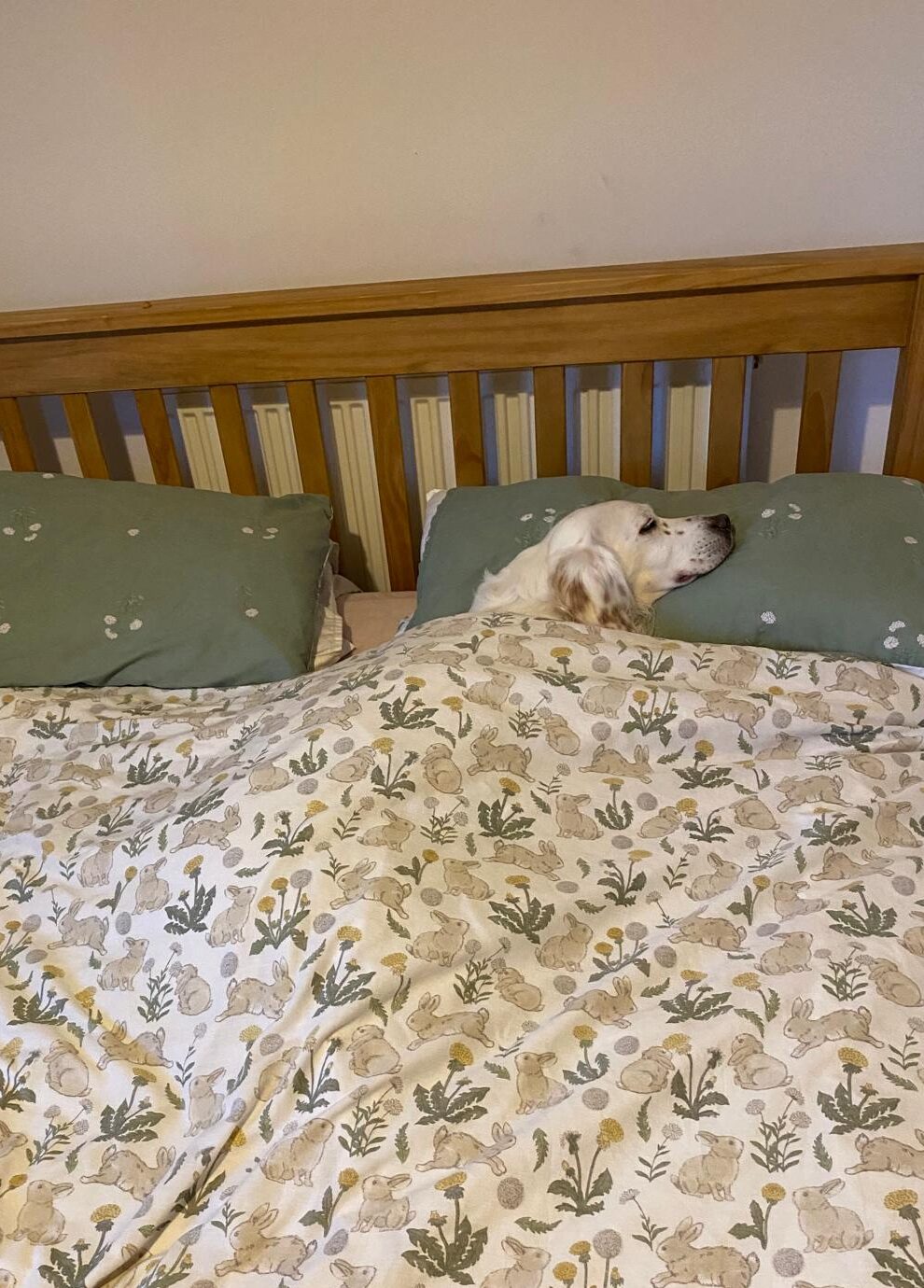As temperatures start to rise on warm spring days or during hot summer heatwaves, your dog is more at risk of developing heatstroke, but what causes it, how can you prevent it and what can you do to help treat an overheated dog?
What is heatstroke and what causes it?
Dogs aren’t as good at dealing with high temperatures as humans and can only sweat on areas not covered by fur, like their paws and nose. When they are hot, dogs mostly cool down by panting, but sometimes this just isn’t enough. As their body temperature rises it can damage their tissues and organs, making them unwell. In severe cases, heatstroke can cause their organs to fail and can lead to death.
Heatstroke can be caused by a dog’s environment being too hot or by their muscles generating too much heat from exercise, or a mix of the two. Dogs are more at risk of developing heatstroke if they are without water, a good airflow or shade.
What are the signs of heatstroke?
Dogs usually keep their body temperature at around 37-39°C, but as their internal temperature rises, particularly above 41°C, they start to show signs of heatstroke. The hotter the dog becomes and the longer their temperature stays high, the more damage can be done to their tissue and organs.
Signs of heatstroke can progress quickly and can include:
- Heavy panting, even when not exercising
- Breathing problems
- Tiredness
- Stiffness or an unwillingness to move
- Dribbling
- Confusion
- Being sick
- Upset stomach
- Collapsing
- Fitting
How can I help treat a dog with heatstroke?
Any dog with heatstroke should be seen by a vet, particularly if they are very unwell or unconscious. It is important that you start to cool your dog as soon as possible – this can make a big difference.
Tips on how to help a dog with heatstroke:
- Stop them exercising, move them out of the heat and into the shade
- Call a vet for advice
- Lay them down on a cool floor
- Offer them small amounts of water to drink
- Carefully pour water over the dog’s body, or sponge them if water is limited, particularly on their neck, tummy and inner thighs.
- Fan them with cool air or put them in an air-conditioned room or car if possible.
*It was previously thought that rapidly cooling an affected dog could cause them to go into shock. This advice is now being questioned, so always speak to your vet who can guide you through how best to help your dog.
When is it too hot for dogs?
Heatstroke can happen at any time of the year, but since some dogs are less able to cool themselves down it’s difficult to say which temperatures are safe. Most dogs are comfortable at temperatures between 15-25°C, but this is very much dependent on their age, breed, size, coat length, amount of exercise they do, health and fitness. Some dogs may struggle to maintain a low body temperature, even in lower temperatures.
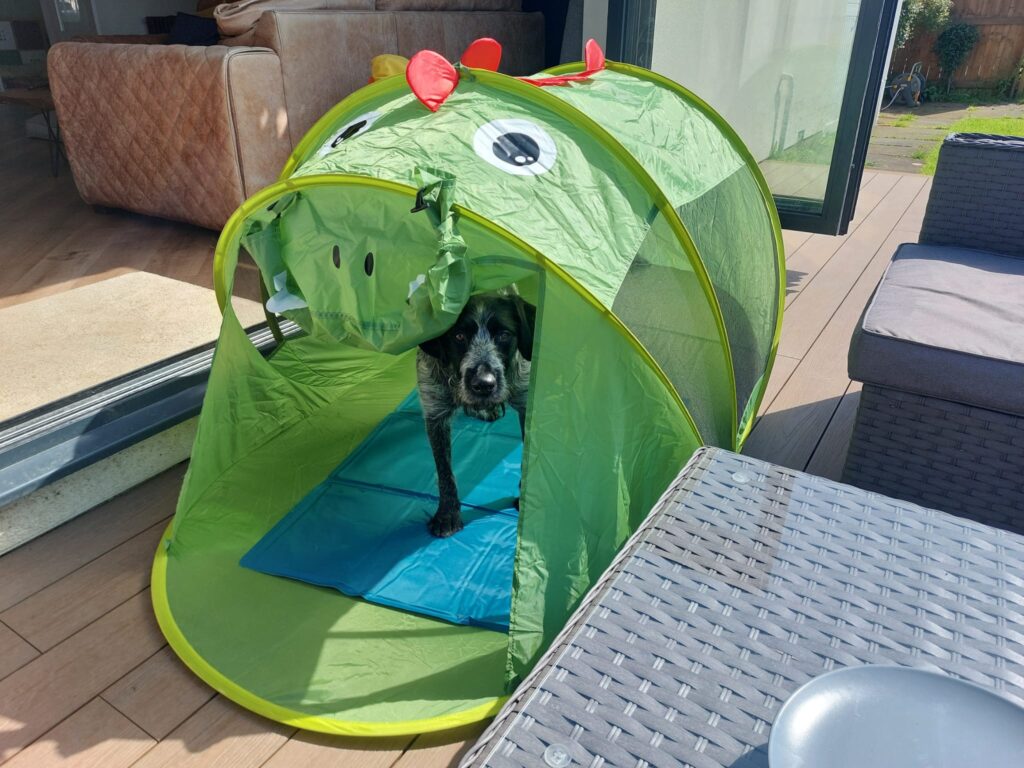
How can I help my dog stay cool in summer?
Keeping your dog cool on a hot day can help them feel more comfortable and reduces their risk of developing heatstroke. Below are our top hints and tips to help you keep your dog cool.
When out walking
- Exercise is the most common cause of heatstroke, so on hot days walk your dog in the early morning or evening and avoid the midday sun. And, if it’s too warm to walk, it’s better to go without than risk it.
- Always carry water with you so your dog can have a water break
- Remember that pavements on hot days can burn your dog’s footpads, so try to avoid them. If it’s too painful for you to place the back of your hand on a pavement for seven seconds then it’s too painful for your dog to walk on.
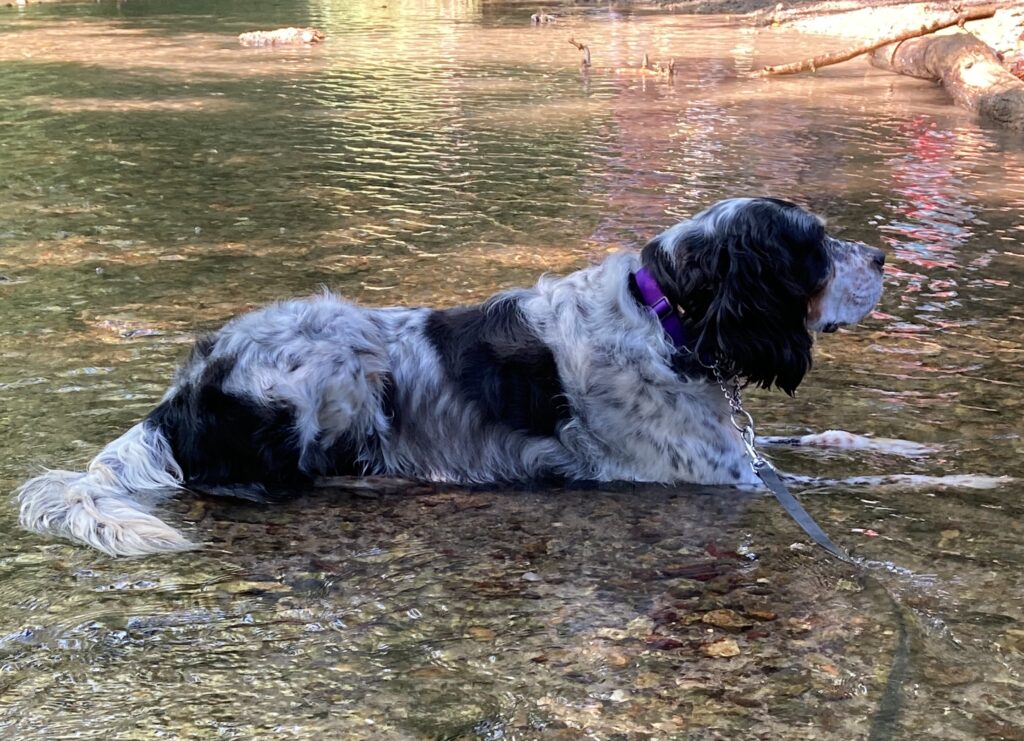
When travelling
- Never leave your dog in the car by themselves
- Make sure your dog has a safe, comfortable and cool spot in the car when you’re driving and make regular stops to check on your dog and ensure they have access to water
- Remember to have a supply of fresh water with you
- Avoid travelling during the hottest times of the day
- Drive with the windows open or the air conditioning on and use window sunshades
At home
- Try and keep your dog out of direct sunlight and make sure your dog has a shaded space to keep them cool
- Ensure your dog always has access to fresh drinking water
- Try a paddling pool for your dog to splash around in (some will use it, some won’t!)
- Add ice cubes to your dog’s water bowls
- Freeze a dog toy and let your dog chew on it
- Try giving your dog a frozen treat – bone broth ice cubes are popular in our house
- Use cooling mats or put down damp towels for your dog to lie on
- There are also lots of cooling bandanas and coats on the market, and these can be used at home or when out and about

